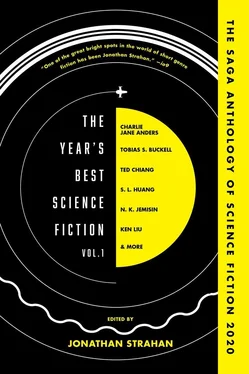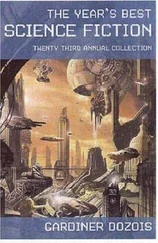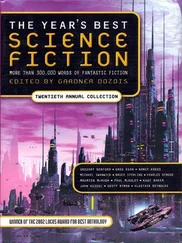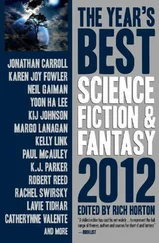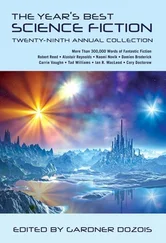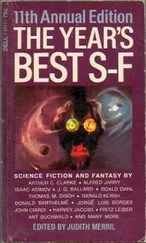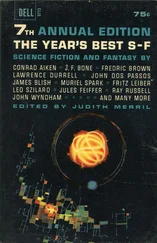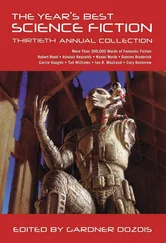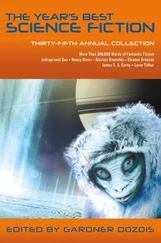As a boy, whenever I asked, my parents would bring me to the shore of the Yangtze River to see the submarines. Following the river’s flow, the subs had come to our city in herds and pods. I heard that some subs also came from the Yangtze’s tributaries: Wujiang River, Jialing River, Han River, Xiangjiang River, and so on. The subs were so numerous that they looked like a carpet of ants or thousands of wisps of rain-soaked clouds fallen from the heavens.
From time to time, to my amazement, one sub or another would just vanish from the surface. In fact, they had dived. First, the sub slowly wriggled its immense body, which then sank inch by inch, roiling the water around it in complicated and cryptic ripples, until the whole hull disappeared beneath the surface, including the tiny column on top shaped like a miniature watchtower. The flowing river soon recovered its habitual tranquility and mystery, leaving me stunned.
And then, a submarine would explode out of the water like a monster, splashing beautiful waves in every direction. “Look! Look!” I would scream. “It’s surfacing!” But my parents never reacted. Their faces remained wooden, looking as dispirited as two houseplants that hadn’t been watered for weeks. The appearance of the submarines seemed to have robbed them of their souls.
Most of the time, the subs remained anchored on the placid surface, motionless. Wires were strung over the hulls, stretching from tower to tower. Drying laundry hung from the wires like colorful flags, pants and shirts mixed with cloth diapers. Women in thick, crude aprons cooked with coal stoves on the decks, and the smoke columns turned the river into a campground. Sometimes the women squatted next to the water, beating the laundry with wooden bats against the sturdy metal hulls. Occasionally, old men and women climbed out of the subs, looking relaxed as they sat with their legs curled under them, smoking long-stemmed pipes with a cat or a dog curled up against them.
The subs belonged to the peasants who had come to our city to seek work. After a day of working in the city, the peasants returned to their submersible abodes. Before the arrival of the subs, peasant laborers had to rent cheap apartments in urban villages, plots of land where the rural population stayed as their farmlands were gobbled up by developers for the expanding city, leaving them stranded in a sea of skyscrapers. The urban villagers rented out one-foot-wide spaces on communal beds, and the rural laborers who built the city had to sleep like pigs or sheep in a pen. The submarines, on the other hand, gave the laborers their own homes.
Ferries operated between the shore and the anchored subs. Peasants piloted these ferryboats, shuttling their brothers and sisters between two completely different worlds. At night, after everyone had returned to their homes, the subs were at their most beautiful. Lit by gas lamps, each boat glowed with a different pattern like papercutting pasted on window panes. Bright, lively, they also reminded me of fallen stars adrift on the river. On each sub, a family sat around the table having supper, and the cool river breeze brought their laughter and chatter to the shore, leaving the urban residents with a sense of strange envy. As the night deepened, lights on the vessels winked out one by one until only the anxious searchlight beams from the harbor towers roamed the darkness, revealing motionless hulls like sleeping whales. Many subs, however, chose this time to disappear. Each sweep of the searchlight showed fewer and fewer boats. Without any announcement, they had dived, as if the peasants couldn’t sleep soundly without the comfort of being covered by water, like water birds that had to tuck their heads beneath their wings to nap. Only by submerging their families and homes could they leave their worries behind on the surface, hold danger and uncertainty at bay, and dream sweet dreams without being bothered by the city-dwellers—was that, in fact, the reason they had built the submarines in the first place?
I often wondered how deep the Yangtze was, and how many subs could lie on the riverbed. How eerie and interesting it would have been to see rows upon rows of metal hulls lying next to each other down there! The thought made me gasp at how mysterious the world was, as though there were another world beyond the visible one.
In any event, the submarines settled near us like nesting birds and became a hotly debated sight. Every morning, they popped out of the water like boiled dumplings. Under the shimmering dawn light, the perturbed river surface resembled a spring flood. The scene made me think of alien spaceships from the movies. Busy ferries went back and forth between the subs and the shore, carrying spirited peasants into the city for another day of backbreaking labor at construction sites across the city.
The submarines came from all over China. Besides our city, rumors described pods in other cities and other rivers as well. Every sea, lake, canal, and trench seemed to have its own sub colonies. No one could say for sure who had designed the first sub. Supposedly, a clever folk craftsman had fashioned the first submarines by hand. By the standards of sophisticated urbanites, these boats were crude pieces of technology: most were constructed from scrap metal, though a few were pieced together with fiberglass and plywood. The early subs were shaped like fish, and many had heads and tails painted in red and white, including radiant, vivid eyes, lips, or even fins. These features looked a bit ridiculous, though they also showed the sense of humor unique to peasants. Later, as more submarines were built, the differences in decorative coloration distinguished families from one another.
Typically, a sub was big enough for a single family, on average five or six people. Bigger subs provided enough space for two or three families. The peasants seemed unable to build large vessels that could carry dozens or hundreds of people. Some city-dwellers had wondered whether the subs were constructed along plans cribbed from Verne’s Twenty Thousand Leagues Under the Sea , or perhaps foreign experts had secretly helped the peasant craftsmen. In the end, however, no connection between the subs and Verne was discovered. The sub makers had never even heard of the author. Everyone sighed with relief.
After a while, the city kids continued to be fascinated by the subs while the adults became either bored or pretended not to notice them. At school, we enthusiastically swapped stories and news about subs, and we drew pictures of them on sheets of paper torn from our composition books. The teachers, however, never mentioned them, and reprimanded us with frowning faces whenever they caught us discussing the subject, tearing apart our sketches and sending the offenders to the principal’s office. It was rare to see any TV or newspaper reporting about the activities of the submarines, as though the congregating vessels had nothing to do with the life of the city.
Occasionally, a few curious adults—mostly artists and poets—would come to the shore to gaze at the scene, whispering to each other. They speculated that over time, perhaps the subs would evolve a new civilization. The submarine civilization would be unlike any existing civilization in the world, just as mammals are completely different from reptiles. They wanted to visit the subs to collect folklore and study their customs, but the peasants never showed any inclination to invite the city dwellers to come aboard. Maybe after a full day of hard labor, they were too tired to deal with strangers. Besides wanting to avoid trouble, they probably also didn’t see any profit in it. The peasants made it clear that the only reason they had come to the city was to find work and make money. However, the unsophisticated peasants seemed to not realize that they could have roped the anchored subs off and charged money for a close-up view, turning their homes into a tourist attraction. Neither did they display any interest in creating a “new civilization.”
Читать дальше
